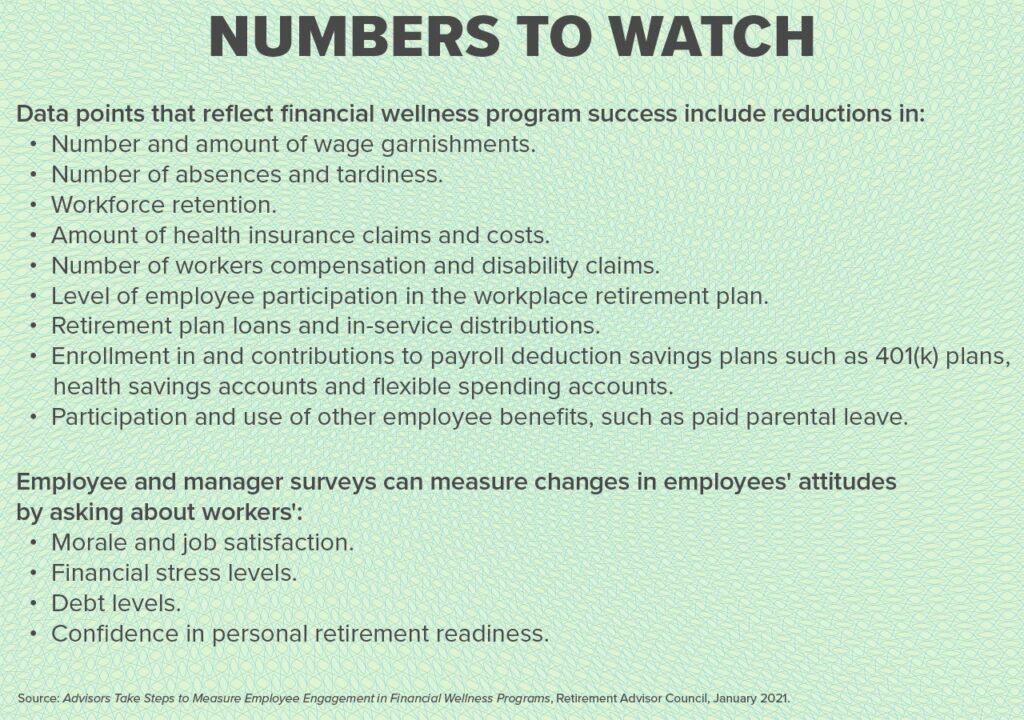Curating the week in wellness February 2nd – 5th 2021: Celebrating Black workers, Boosting financial wellness participation, and more
The week’s essential content and fresh industry pickings for those dedicated to employee well-being.

Greetings, wellness pros, HR heroes and comms champions!
A very happy February to you, wherever you may be. We hope this email finds you feeling healthy, wealthy and wise. (Or at least optimistic, maybe?)
Regardless of the chaos swirling around us, we truly believe better and brighter days are ahead for this nation and our world. In the meantime, we’re grateful for all you do to keep your colleagues feeling healthy and hopeful.
We hope you enjoy this week’s batch of links. Please do get in touch with any ideas, suggestions or feedback on how we can serve you better.
1. Pushing for DE&I progress—beyond Black History Month.
As companies around the U.S. mark the outset of Black History Month, Forbes offers a reminder that DE&I efforts must go beyond statements of support or obligatory MLK quotes in February. “These checkbox approaches do little to manage unconscious bias, combat microaggressions and establish interventions that effectively recruit, support and retain employees from underrepresented groups,” the piece says, along with a reminder that, “Companies with the most ethnically diverse executive teams are 33 percent more likely to outperform their peers on profitability.”
2. Avoiding tone-deaf Black History Month statements, platitudes or activities.
Many companies are seizing this moment to announce new DE&I initiatives, including Black and Veatch, Macy’s, Nordstrom and Neiman Marcus. Gap is also pledging to do its bit to boost Black-owned brands, while Kroger has announced the creation of “racial equity fund.”
If you’re struggling to craft authentic messaging, The White House released a powerful Black History Month statement that goes well beyond vague platitudes.
Meanwhile, CNN offers five meaningful ways to virtually participate in Black History Month activities.
3. Employee benefits that offer high ROI.
Benefits Pro lists six benefits that typically pull the highest ROI for employers, including health care coverage, health wellness programs, mental health benefits, tuition reimbursement and “flextime.”
4. Boosting financial wellness effectiveness
SHRM offers expert guidance on measuring and enhancing your financial wellness efforts. The piece includes a handy “numbers to watch” graphic as you evaluate your program’s performance.

Plan Adviser also offers tips on getting workers more engaged with your financial wellness offerings.
5. Crucial questions to ask before establishing your wellness program.
The CPA Journal presents 20 questions to suss out before launching or revamping your corporate wellness program. The piece offers the skinny on brass-tacks (and tax) costs savings and clarifies the legalities and definitions of specific offerings.
6. Improving workplace mental health.
The World Economic Forum shares how six global corporations are bolstering employees’ mental health amid the ongoing pandemic. The piece includes insights from HSBC, Bank of America, BP and Wipro.
7. Hybrid work is the future. But how do you do it?
Nasdaq has a piece that offers practical advice for companies struggling to reconcile workers’ desire for flexibility with a yearning for a return to office life normalcy. Many are not eager to return to an office, but many are.
There’s no “right” answer to this predicament, so the piece says to listen to your workers, create policies specifically for a hybrid workplace, and to manage your people around productivity.
8. How Walmart is pursuing staff wellness.
Learn how the retail giant is helping workers cope during the pandemic, along with wellness program guidance. As the piece states, wellness programs, “need to be part of daily operations and require buy-in from middle management and supervisors as well as employees. Managers and supervisors also have to be role models.”
9. Supporting women workers in the age of COVID-19.
The pandemic is having an outsize effect on women. As HR Dive writes, “Between January and December 2020, almost 2.1 million women left the labor force, including 564,000 Black women and 317,000 Latinas.”
The piece offers several steps companies can take to do a better job of supporting working women in meaningful ways, while ensuring the pandemic doesn’t derail women’s careers.
10. Continuing the vaccine conversation.
A survey from Perceptyx finds that 53% percent of workers believe employers should not require vaccination, and 60% of essential workers said they believe employers should not require employees to be vaccinated before returning to a workplace.
HR Dive explains: “Moreover, 43% of all respondents said they would consider leaving their employers if they were required to be vaccinated. However, 53% of employees said they would “likely” receive a vaccine if it were available today, and 56% said they would do so if encouraged by their employers. An even greater share, 60%, would get vaccinated if their employers offered an incentive of $100 or more.”
Employers must tread cautiously with new regulations regarding vaccination incentives, however.
If you’re not sure where to start with your vaccine messaging, see the CDC’s vaccination communication toolkit.







